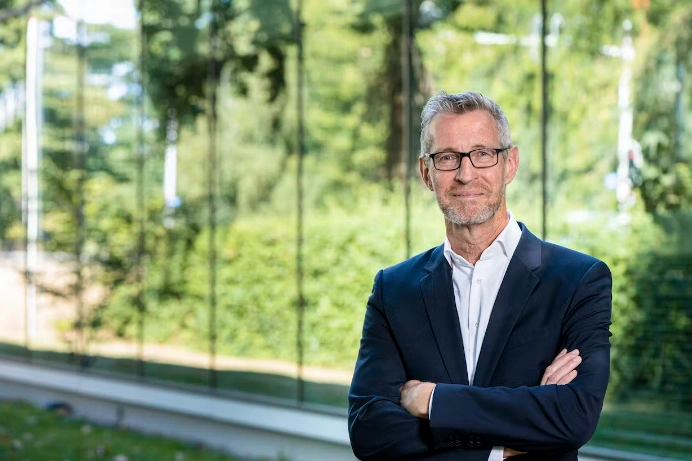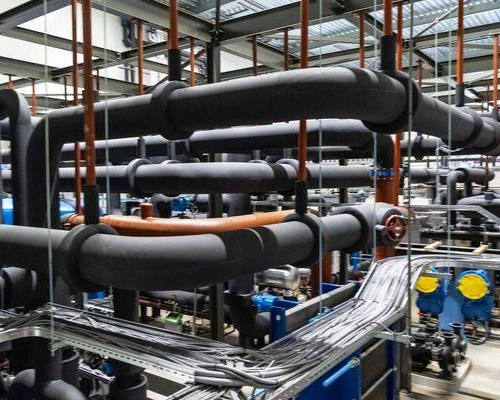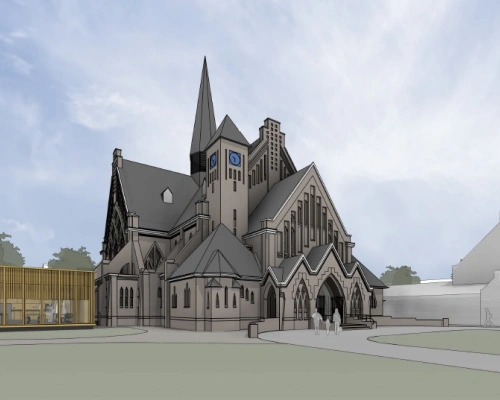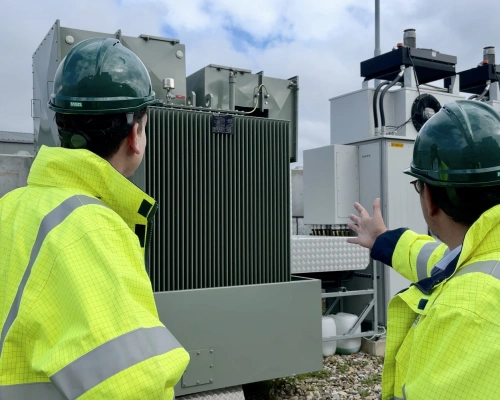By 2050, 7 million homes and 1 million other buildings in the Netherlands must be sustainable. This means, among other things, that they have good insulation, use sustainable heat, cold, and green electricity, and generate as much energy as possible themselves. "There is much to be gained here," says Jack Wasser, Project Developer for Energy Transition in the built environment at BOM. "Existing buildings are often poorly insulated and use a lot of fossil energy, making them responsible for a large part of CO2 emissions."
To achieve climate goals, this needs to change as soon as possible. That is why BOM, together with partners, has been committed for years to making commercial and social real estate more sustainable. "Many parties recognize that they need to do something with their buildings, but don't really know where to start," says Wasser, who speaks with many property owners in his work. "We help them choose the right approach and provide financing if necessary from the Energiefonds Brabant."
Help with making real estate sustainable?
Contact us
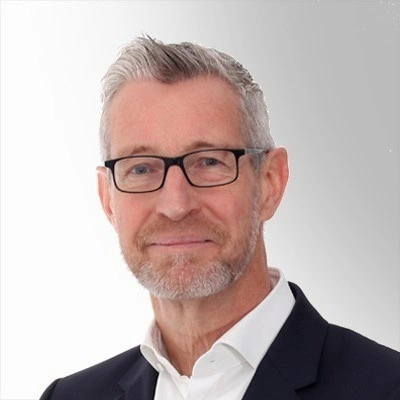
Energy as a Service
For this, BOM increasingly uses the ESCo model. For each project, BOM, together with a partner, establishes a so-called Energy Service Company (ESCo), which is responsible for the implementation, financing, and operation of energy-saving measures. The property owner or user pays a fixed monthly fee to the ESCo for the provided energy services. Wasser: "This allows owners to make their property more sustainable without making additional investments themselves, without worries about maintenance, and with certainty about the savings and climate benefits."
Brainport Industry Campus
A good example is the completely gas-free Brainport Industries Campus (BIC). There, BOM and Equans together established BIC Utility, an ESCo that will supply BIC and its tenants with 100% sustainable electricity, water, heating, and cooling until at least 2033. This supports the tenants in their sustainability ambitions, and they pay BIC Utility a monthly fee based on their usage.
Sustainability of real estate in the municipality of Halderberge
For the sustainability of social real estate, Wasser also sees ESCo’s as the solution for the future. “The beauty is that the risks, investment, and efforts lie with the ESCo partner. This form of complete unburdening is a nice extra push to move towards sustainability.” It's no surprise that the municipality of Halderberge was interested in the ESCo principle when sustainably repurposing their vacant church, which they are also transforming into a community center. Although the ESCo principle turned out not to be applicable to this specific case, it is certainly one of the options for future sustainability projects.
Nevertheless, the path that the Municipality of Halderberge took with BOM and ESCo partner OVVIA was not in vain: thanks in part to OVVIA's sustainability roadmap, the DUMAVA subsidy was granted. Discover how BOM and OVVIA contributed to the sustainability of the monumental building.
Do you also want to make social or commercial real estate sustainable without making large investments yourself? Contact Jack, he will be happy to talk to you about the ESCo principle.
